Curious Questions: Have you been taking books off shelves the wrong way for your entire life?
The question of how to take a book off a shelf without damaging it may not be one you've ever given much thought to — but you owe it to your collection to do it the right way.
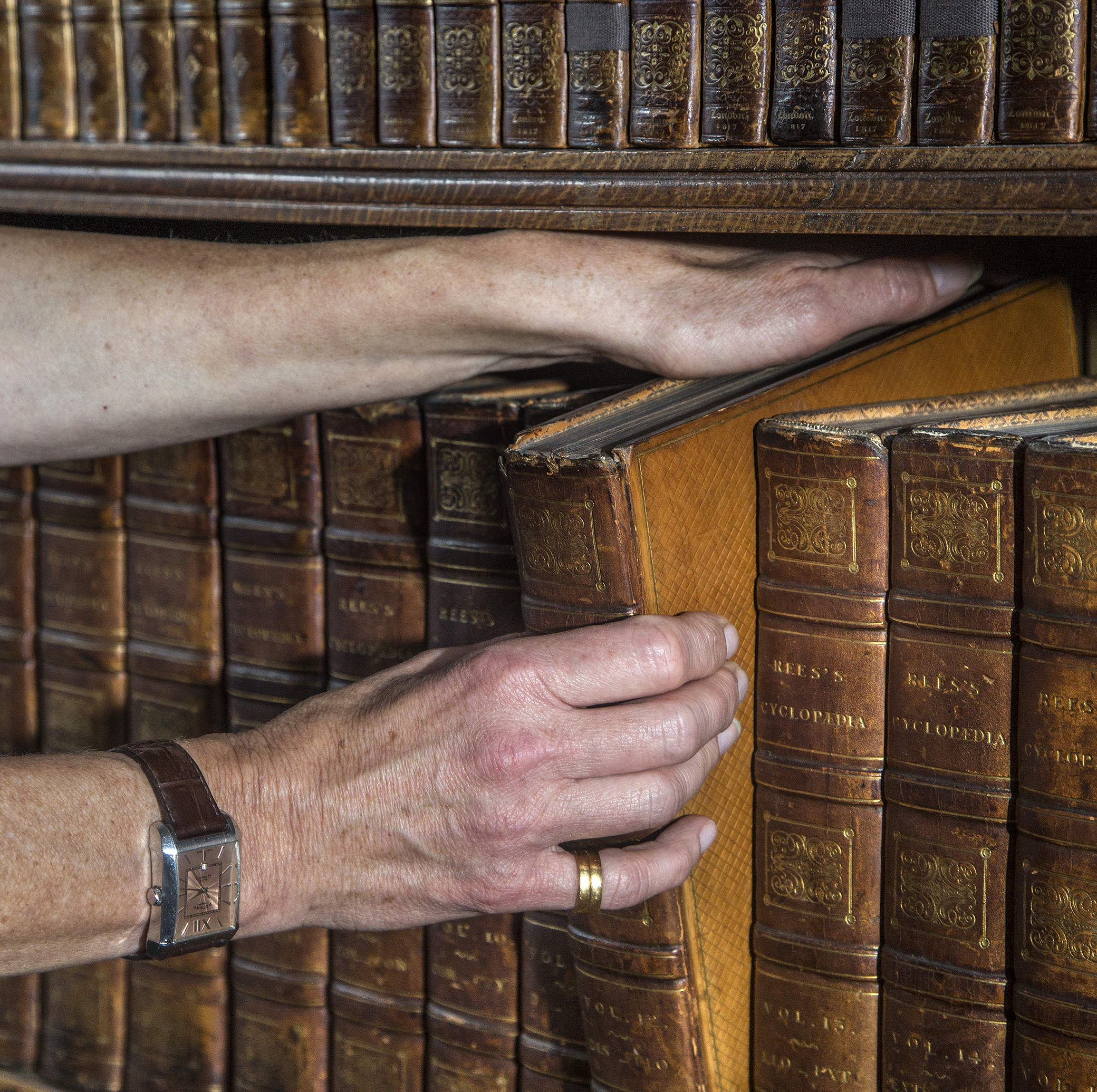
If you've ever just grabbed a book and pulled it off the shelf, you've almost certainly done it the wrong way. That's somethign we recently learned from none other than Caroline Bendix, recipient of the Plowden Medal — one of the country’s most prestigious conservation awards — for her work with books and libraries.
'To remove a book from a shelf with minimum damage to it, put your hand over the top of the book, with your fingers down over the fore-edge, and pull,' explains Caroline.
'The key is not to pull the spine at any time, especially with modern, hollow-spine books.'
For those who love and respect books — and the knowledge they contain — this is not something trivial. 'Many people don’t maintain their libraries, but you have as much of a duty of care to your books as to paintings and furniture,' adds Caroline.
Simple steps, such as closing curtains, consistent heating and ensuring that a room is dry, will help conserve books — and there are books to help, including two written by Caroline herself. If they're your books, you'll already know why this matters. If it's an inherited library or book collection, you need to understand the levels of care either available or necessary.
Caroline shared this information — and kindly filmed the video — while at Houghton House in Northamptonshire. She also gave her time to speak to Matthew Dennison for Country Life last month; below is the fascinating piece he wrote up following the interview:
An inky fingerprint in a 17th-century edition of the works of Aristotle, housed in the Codrington Library of All Souls College in Oxford, moves library conservator Caroline Bendix as much now as when she encountered it for the first time, quite unexpectedly, 30 years ago. It’s a man’s print, an occupational hazard in an early printing workshop, an accident accidentally preserved across a gulf of centuries. Its shape and its distortions, the impress and curves of the mark, suggest an arthritic finger. ‘Each time I come across it, I put my fingers on that print and talk to the man responsible,’ Miss Bendix says. ‘I find it exciting.’
Exquisite houses, the beauty of Nature, and how to get the most from your life, straight to your inbox.
Recently awarded the Royal Warrant Holders’ Association Plowden Medal, one of the country’s most prestigious conservation awards, for her work with books and libraries, Miss Bendix describes this sort of interaction with books’ makers, owners and first readers as one of her passions: the possibility offered by physical engagement with old volumes of ‘feeling something of the people who read the books’.
In her long and distinguished career, she has experienced ‘connections’ of this sort in numerous libraries, most recently at Sissinghurst Castle in Kent, where, at the invitation of the National Trust, she undertook a five-year project to conserve in situ the collection of 11,000 books assembled by husband-and-wife writers and gardeners Harold Nicolson and Vita Sackville-West. The collection is predominantly of 20th-century works. Many are books reviewed by the couple and heavily annotated, even, in one case, on the book’s cover, on which Vita scribbled an unambiguous verdict, ‘very bad’. Others were gifts from their authors.
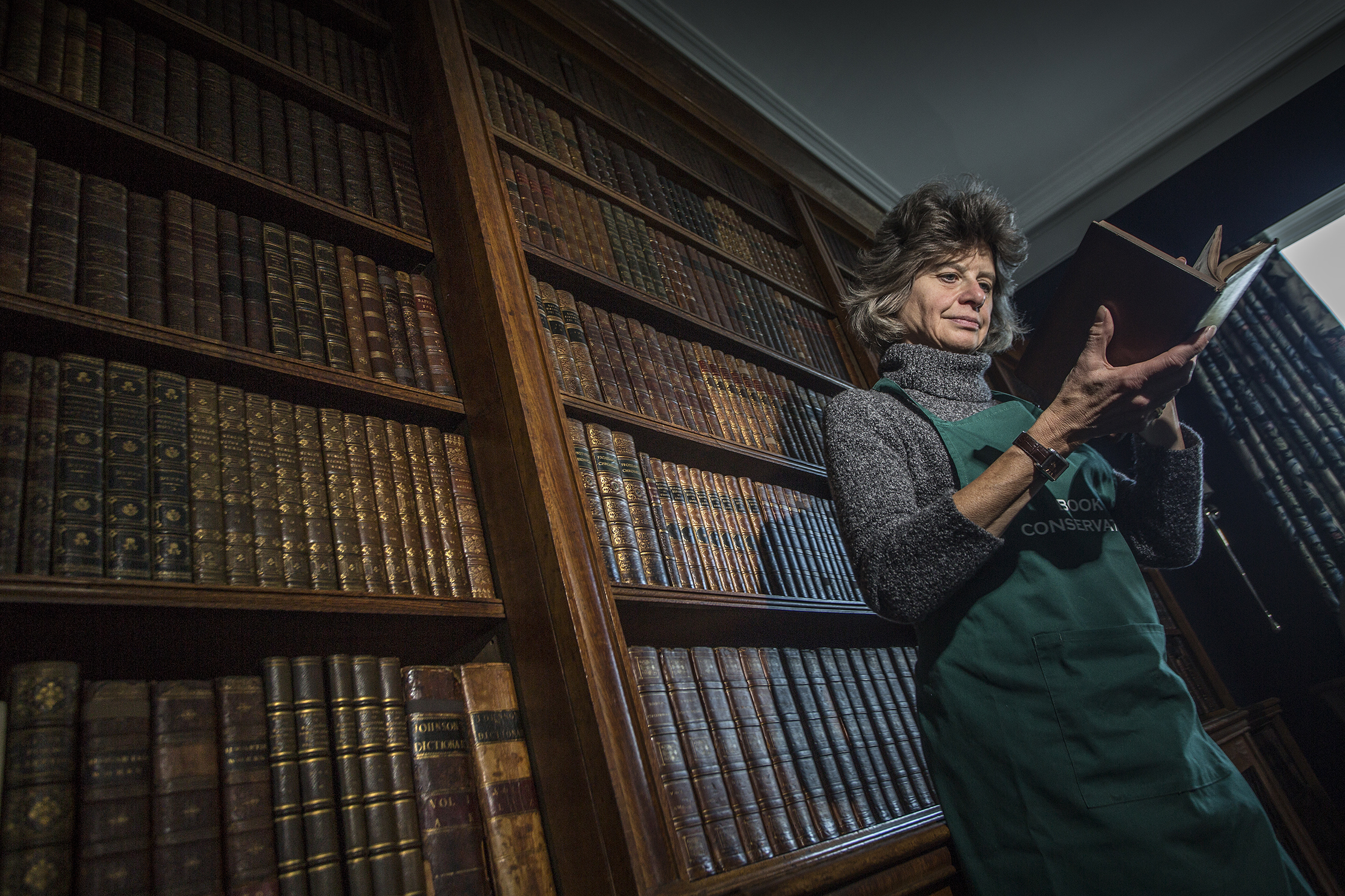
‘In the case of one author, it’s possible to chart his developing relationship with Vita across the collection of books he sent her, his inscriptions beginning “Dear Mrs Nicolson” and ending “Darling Vita”.’ Vita and Harold shared books, underlined passages for one another and wrote messages to one another on their pages. ‘Occasionally, they used books almost as notepads,’ recalls Miss Bendix. Working to protect their collection from slug damage and silver fish, in the intensely atmospheric surrounds of Sissinghurst, she felt ‘an extraordinary sense of them both as people. It was very powerful’.
It is no coincidence that, at home in Leicestershire, Miss Bendix has no studio. Books abound in every room — including bathrooms and loos — but very little of her work is undertaken there. Instead, over many years, she has developed an approach to conservation that originated with her early mentor, Dr Nicholas Pickwoad. ‘I’ve devoted my career to taking conservation into the libraries, so that any work necessary is done within the context of the books’ surroundings,’ she explains. It’s a logical approach. ‘It seems to me to make so much more sense to sort out any problems at source, rather than restoring individual volumes and returning them to the environment that made restoration necessary.’
One result is that much of her working life is spent travelling. When we speak, her diary for the following week includes visits to the Masonic Library in York, a private Northamptonshire library, Oxford’s Pusey House, Anglesey Abbey in Cambridgeshire and Glasgow University, where she will set in motion a pre-digitisation survey of the university’s rare books collection. As a modus operandi, it suits and continues to inspire her: ‘In truth, I was a rather erratic studio conservator.’
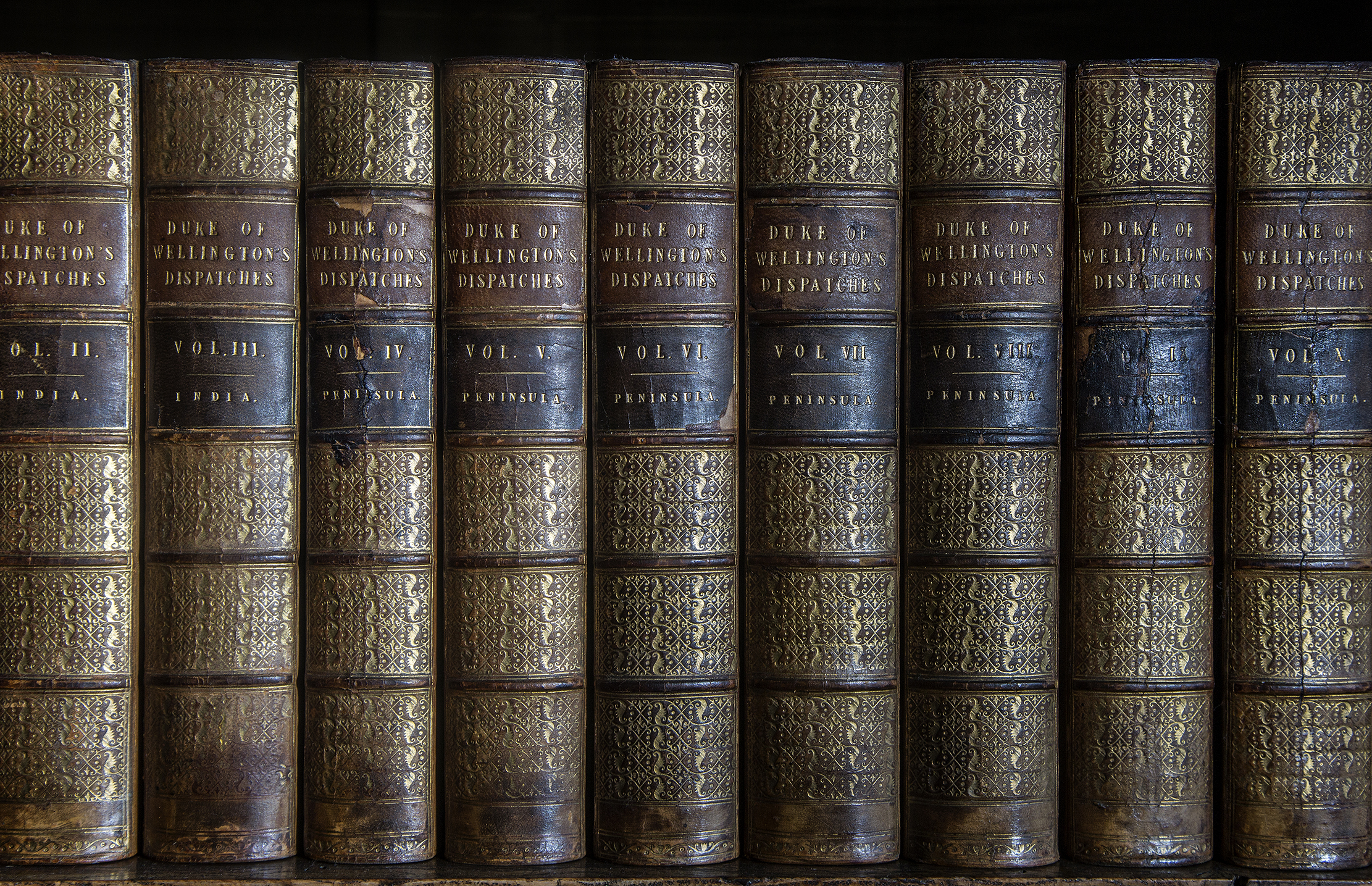
Miss Bendix’s work has taken her across the globe. With particular vividness, she remembers a project in the library of St Catherine’s Monastery on Mount Sinai. It was an initiative that involved conservators from across Europe and the unusual setting of a library housed in a deteriorating, post-war extension to a magnificent, partly 7th-century foundation.
Practical problems arose from a prohibition on books leaving the Greek Orthodox monastery and appalling delays on the part of suppliers, but, for Miss Bendix — whose heroines include archaeologist, intrepid traveller and early-20th-century ‘queen of the desert’ Gertrude Bell — it was an exciting and life-enhancing opportunity to share her practical expertise overseas in a beautiful location.
Unsurprisingly, Miss Bendix was a bookish child. Of her school career at a girls’ boarding school in the 1970s, she remembers ‘often being the monitor for books’ and a headmistress who inspired her with a life-long love of the works of the Roman poet Horace, but she insists that ‘I’m practical, not intellectual’ — and it’s practical skills that dominate her working life.
Her considerable renown has enabled her to work at the very top of her field. At Windsor Castle, for example, she carried out a survey of the Stuart and Cumberland archive collections; her role on the libraries advisory panel at Lambeth Palace has introduced her to a remarkable collection of books stored in rooms across the palace, including the old mortuary.
In many of her larger-scale projects, she now works alongside teams of volunteers, whom she trains herself. A previous partnership of this sort, to her pleasure, was shortlisted for an award for conservation in the community.
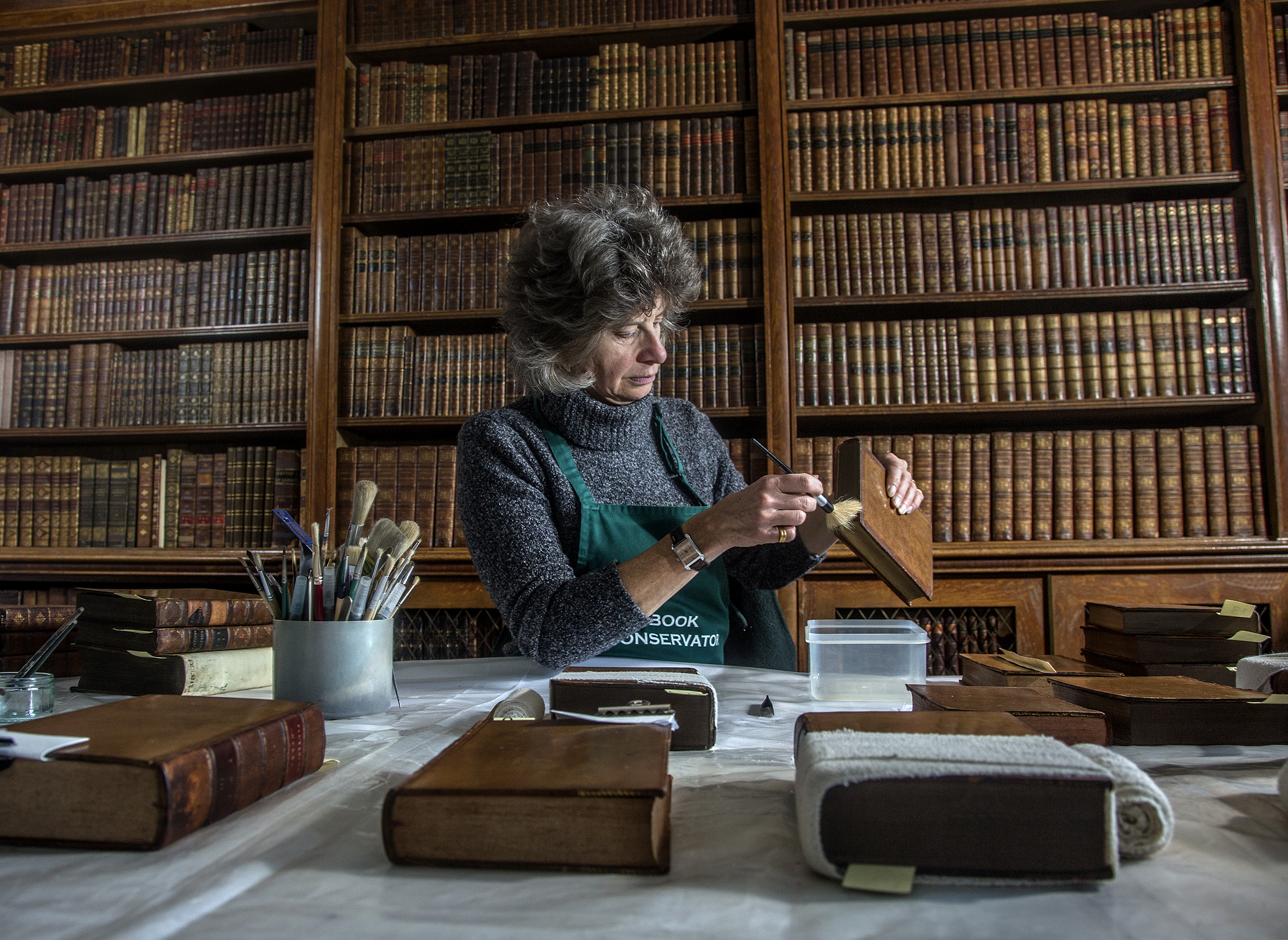
Elements of the unexpected remain a part of Miss Bendix’s lot. At Sissinghurst, she discovered the oldest work on paper in the castle’s collection lining the boards of a mid-18th-century House of Commons journal. It turned out to be a map of Switzerland from the 1513 edition of Ptolemy’s Geographia, published by Martin Waldseemuller. The map in question is of particular historical interest, as the first to depict all 13 Swiss cantons united as a single country.
In the markedly different surrounds of Battersea Town Hall in London, she worked on a collection of mainly modern books on puppetry belonging to the Puppet Centre Trust. ‘It wasn’t something I had thought much about previously, but it was wonderful to spend time completely immersed in that world.’ It is little surprise that she lists variety as central to her enjoyment of her work.
Miss Bendix describes the award of the Plowden Medal as ‘mind-blowing’. It is a recognition both of her skill and her willingness to share her skills with others, volunteers and fellow professionals alike, to the considerable benefit of the libraries she loves and the craft she has perfected over many years.
Nominations for the 2020 Plowden Medal are open until the end of February, 2020. Email warrants@rwha.co.uk

Credit: Alamy
Jason Goodwin: 'We have books all over the floors and carpets on the furniture'
Our columnist Jason Goodwin talks about jam jars, duvets and the books which are taking over his house.

Jason Goodwin: In memory of Norman Stone, my tutor, guide, world traveller — and friend
Jason Goodwin pays tribute to an old friend and mentor.
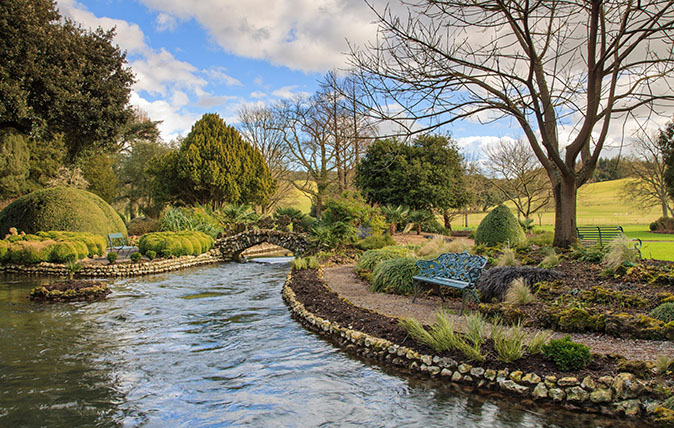
Jason Goodwin: 'The legal and democratic system that flourishes across a third of the world was hammered together on these shores'
Jason Goodwin reflects on the present's increasing ability to reflect on the past, whether through radio programs, photograph albums or
-
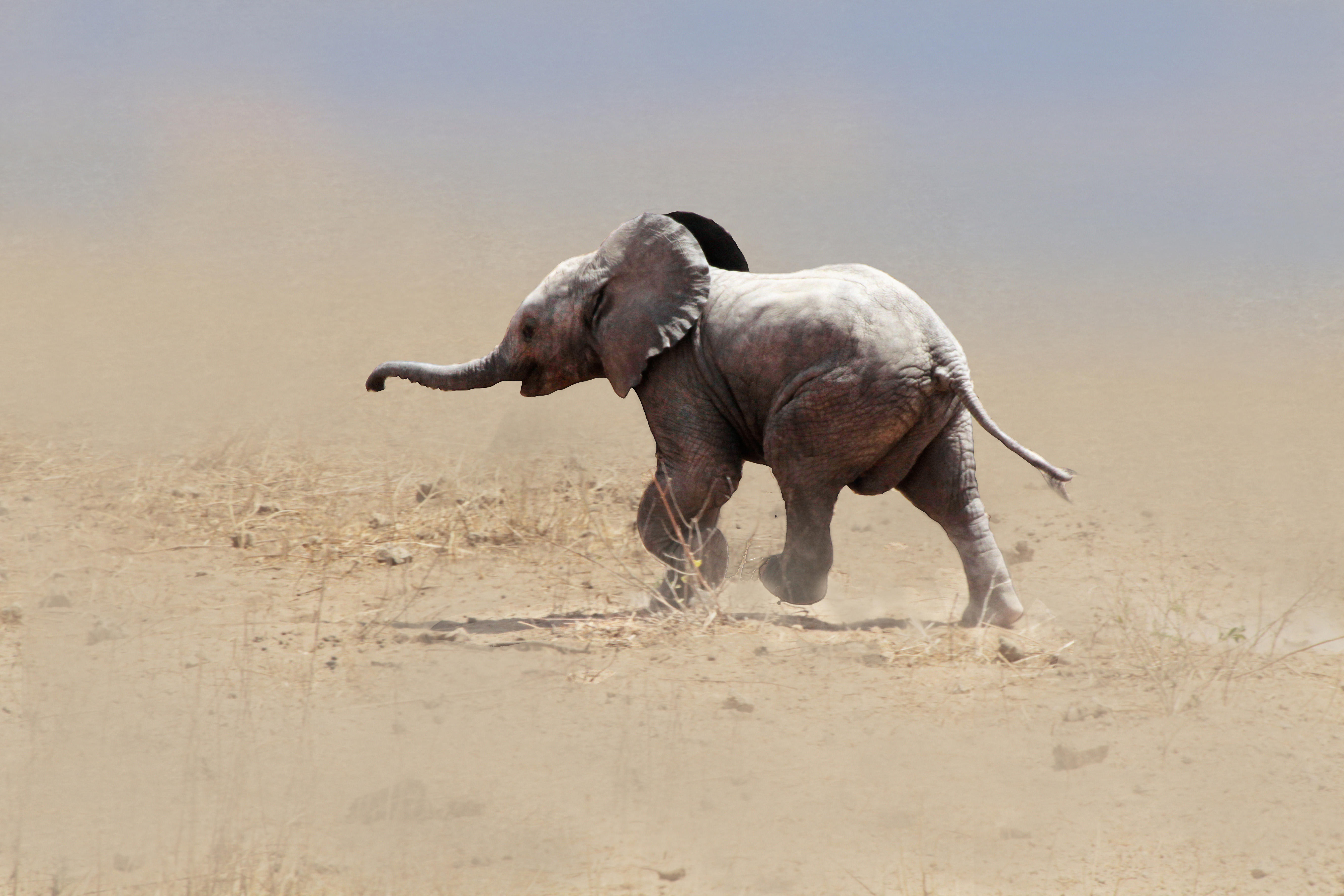 Baby elephants, 60s classics and David Beckham's last meal on planet earth in the Country Life Quiz of the Day, October 24, 2025
Baby elephants, 60s classics and David Beckham's last meal on planet earth in the Country Life Quiz of the Day, October 24, 2025Test your general knowledge this fine Thursday.
-
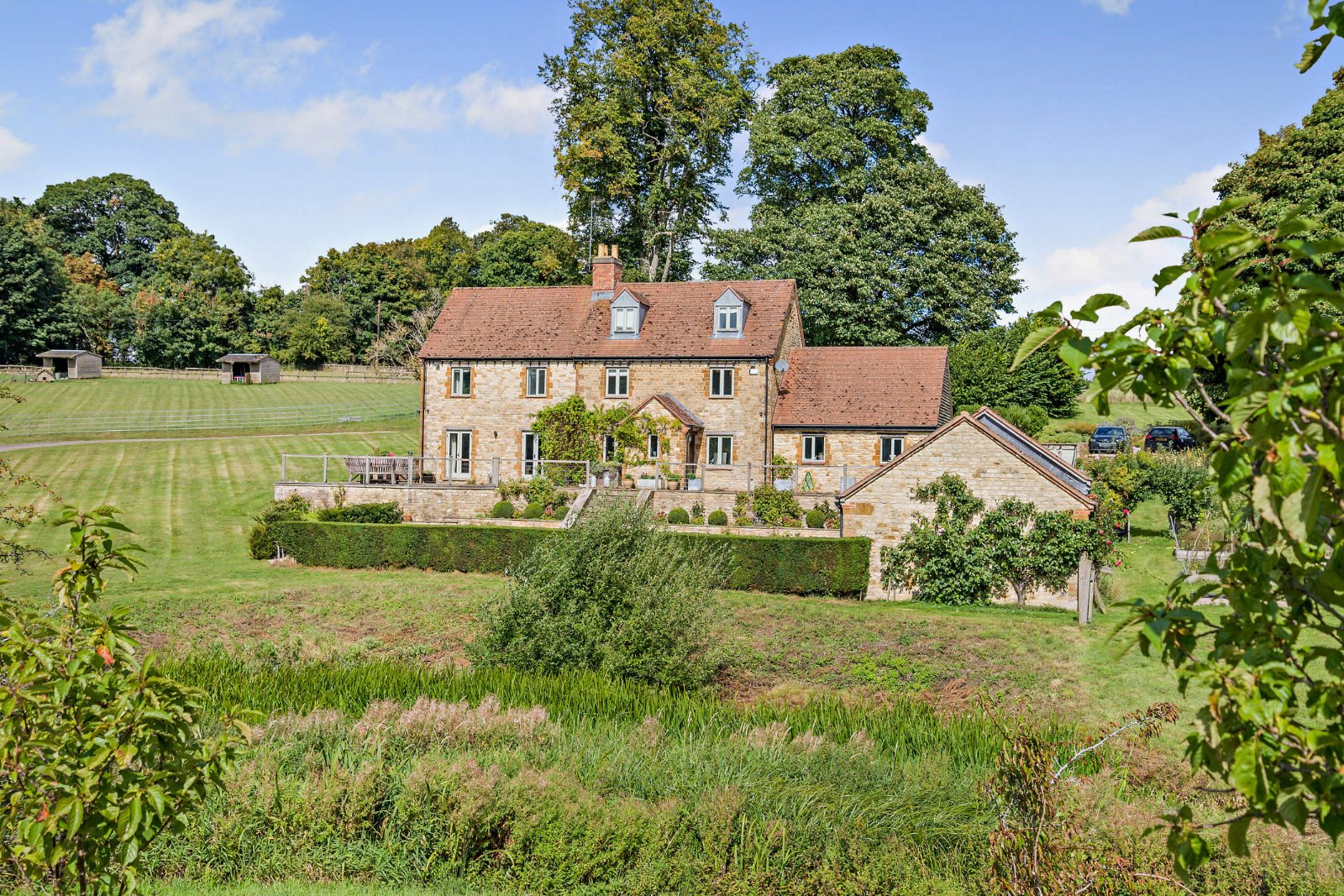 In the footsteps of the Beckhams: Five beautiful homes in Manchester, Miami, Madrid, London and the Cotswolds
In the footsteps of the Beckhams: Five beautiful homes in Manchester, Miami, Madrid, London and the CotswoldsIn honour of this week's guest editor of Country Life, we take a look at some of the finest homes for sale in places that Sir David Beckham and his family have called home in the last 25 years.
-
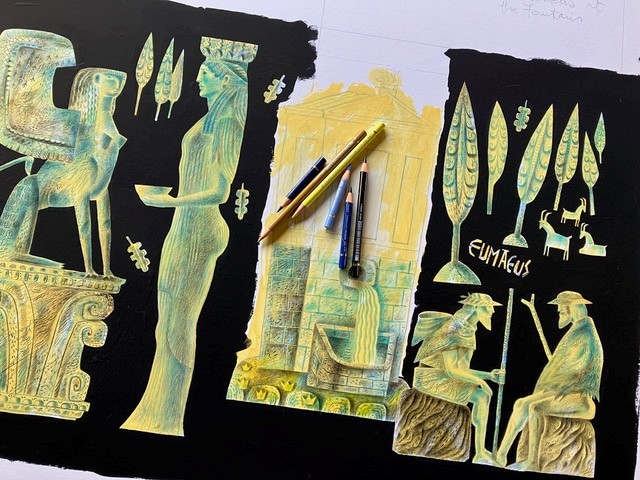 'You have to work hand in hand with the author — like a dancer has to work with the music': Illustrating Homer's epic poems
'You have to work hand in hand with the author — like a dancer has to work with the music': Illustrating Homer's epic poemsArtist Clive Hicks-Jenkins, faced with the colossal challenge of illustrating Homer's 'The Iliad' and 'The Odyssey', eschewed grandstand views of monumental battles, looking instead for what he calls the little cracks in the paving stones.
-
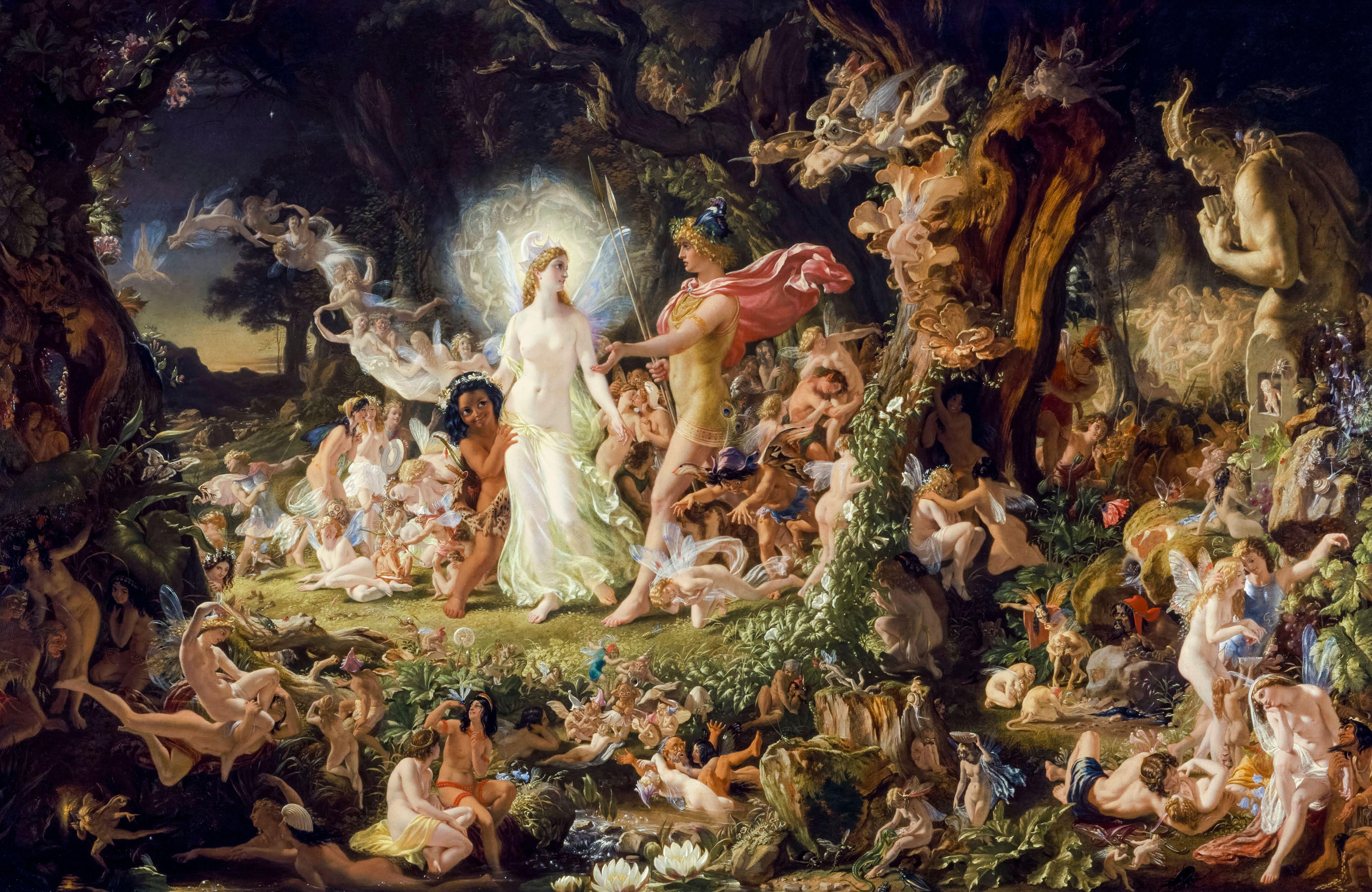 ‘They remain, really, the property of all of those who love them, know them, and tell them. They are our stories, the inheritance of the people of Scotland’: The Anthology of Scottish Folk Tales
‘They remain, really, the property of all of those who love them, know them, and tell them. They are our stories, the inheritance of the people of Scotland’: The Anthology of Scottish Folk Tales -
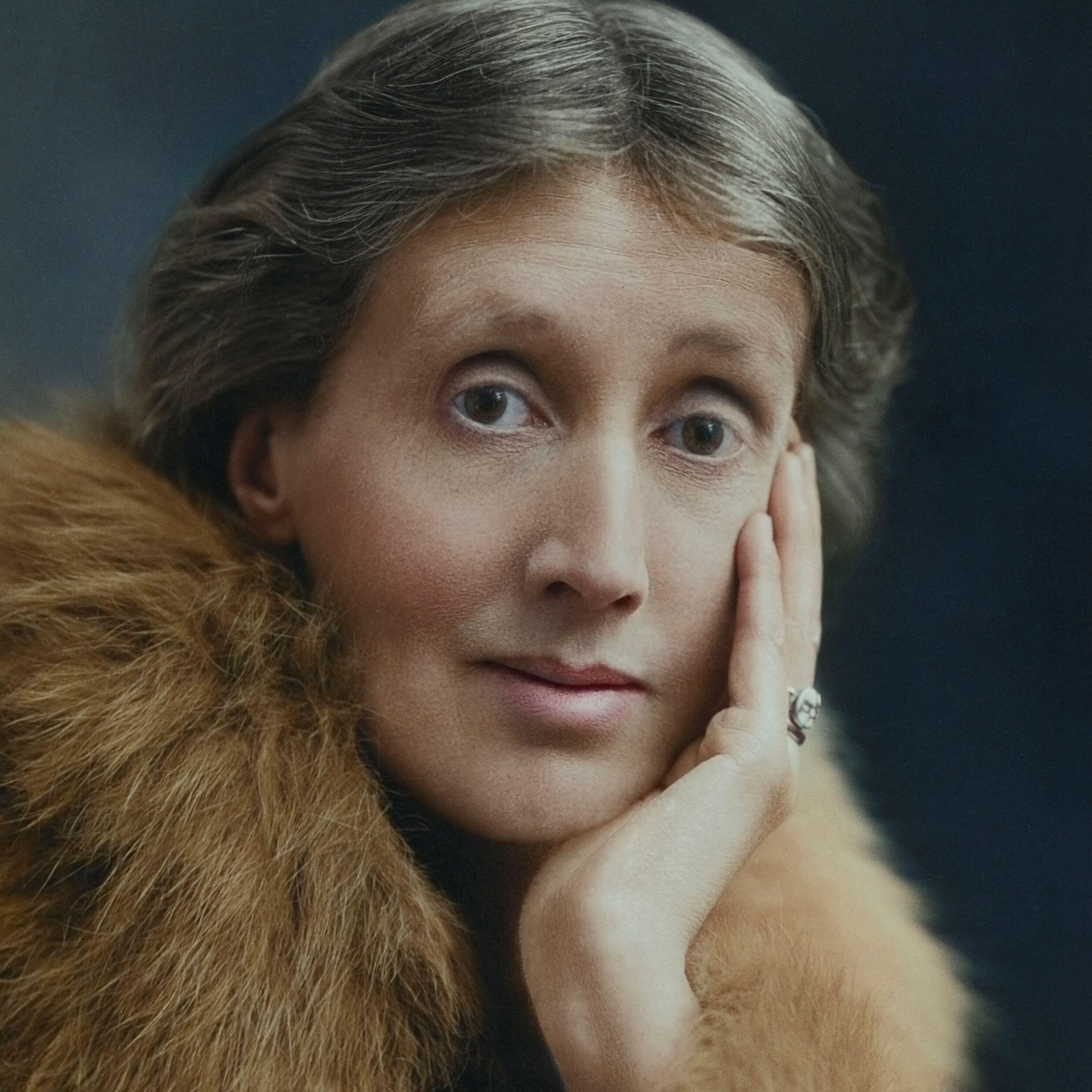 ‘The perfect hostess, he called her’: A five minute guide to Virgina Woolf’s ‘Mrs Dalloway’
‘The perfect hostess, he called her’: A five minute guide to Virgina Woolf’s ‘Mrs Dalloway’To mark its centenary, Lotte Brundle delves into the lauded writer’s strange and poignant classic, set across a single summer’s day in 1920’s London.
-
 The five minute guide to 'The Great Gatsby', a century on from its publication
The five minute guide to 'The Great Gatsby', a century on from its publication'The Great Gatsby' sold poorly the year it was published, but, in the following century, it went on to become a cornerstone of world literature.
-
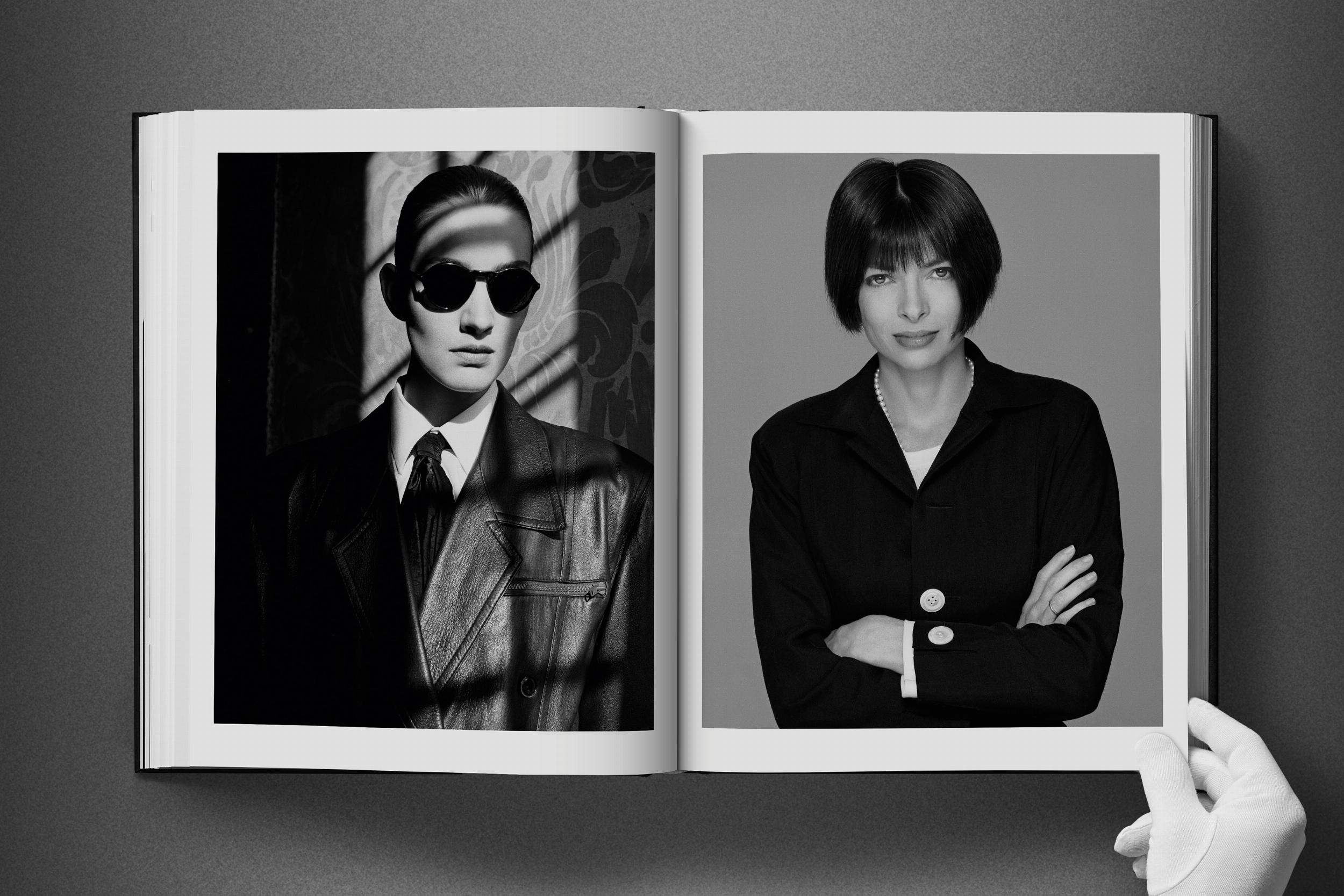 When London was beginning to establish itself as modern cultural powerhouse: The 1980s according to David Bailey
When London was beginning to establish itself as modern cultural powerhouse: The 1980s according to David BaileyIn his new book ‘Eighties Bailey’, ‘era-defining’ photographer David Bailey explores a time when London and the UK were at the centre of the fashion, art and publishing worlds.
-
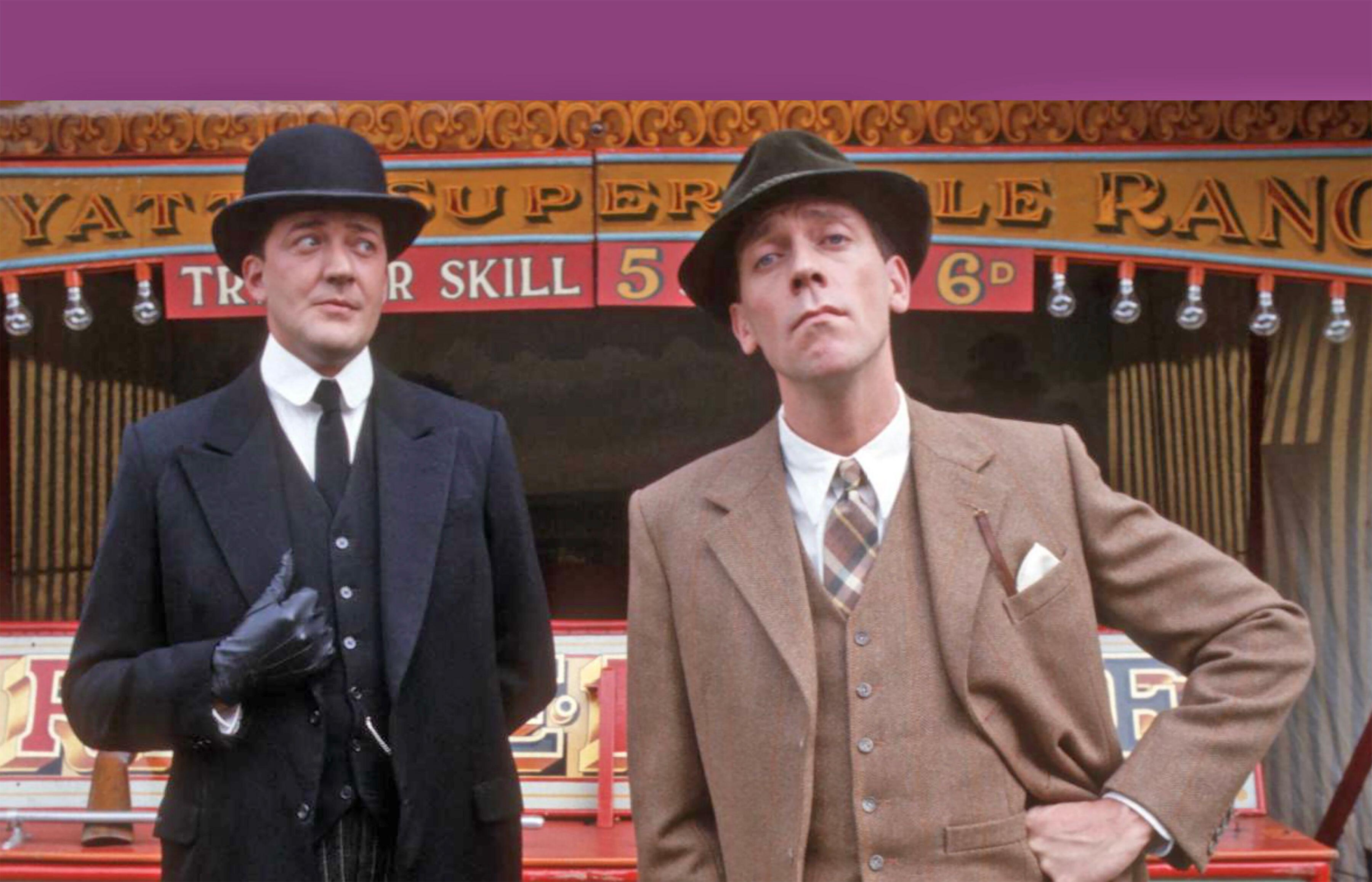 The life and times of P. G. Wodehouse, 50 years on from his death
The life and times of P. G. Wodehouse, 50 years on from his deathBertie Wooster, Jeeves, Lord Emsworth and the Blandings Castle set: P. G. Wodehouse’s creations made him one of the most widely read humorists of the 20th century, but he was denounced as a traitor and a Nazi.
-
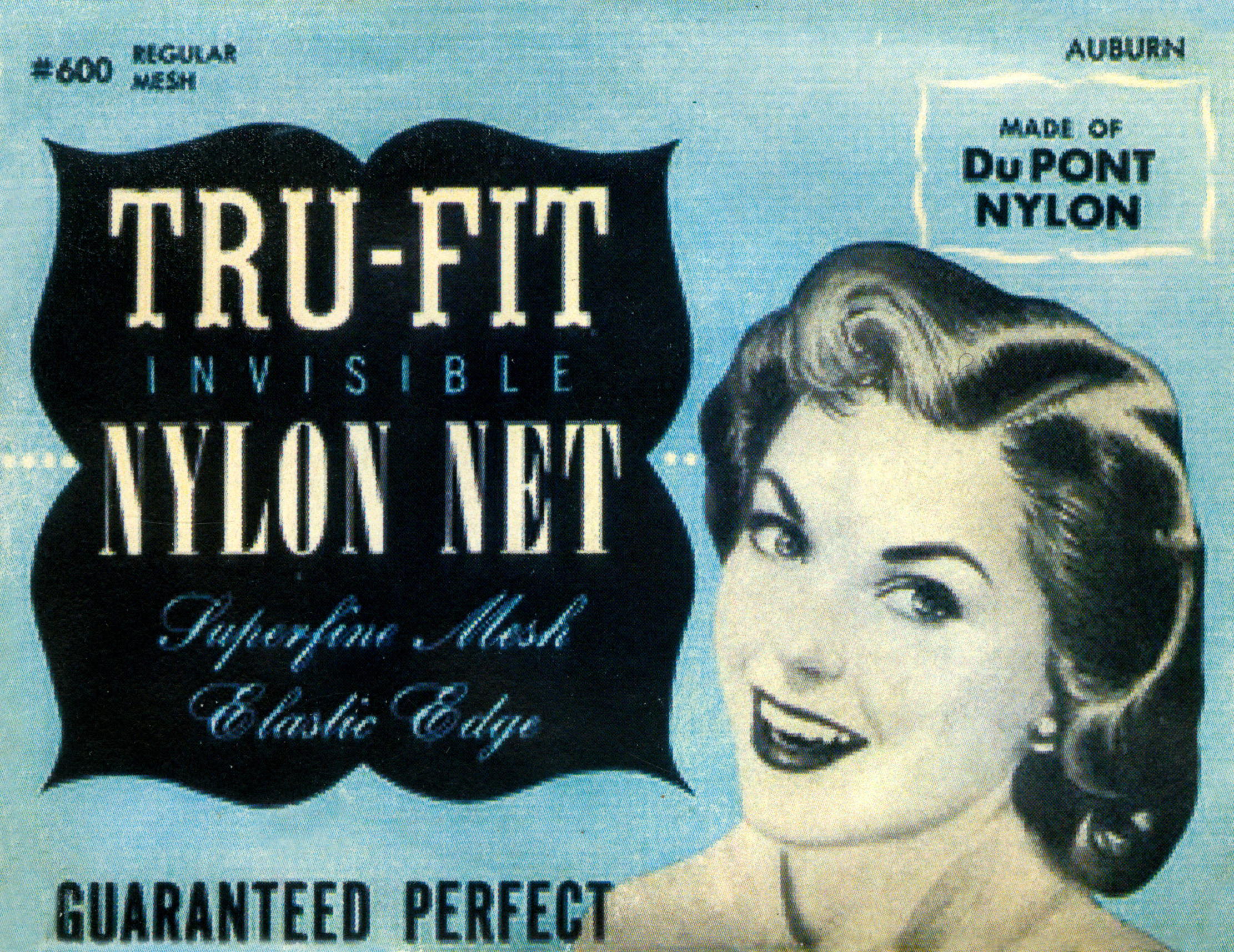 From fighting for stockings to flying on the Moon: How nylon changed the world
From fighting for stockings to flying on the Moon: How nylon changed the worldAlmost 90 years after it was first discovered, Martin Fone looks at the history of this mass produced man-made fibre.
-
 Curious Questions: Why do woolly hats have bobbles?
Curious Questions: Why do woolly hats have bobbles?Some can rock a bobble hat, others will always resemble Where’s Wally, but the big question is why the bobbles are there in the first place. Harry Pearson finds out as he celebrates a knitted that creation belongs on every hat rack.
